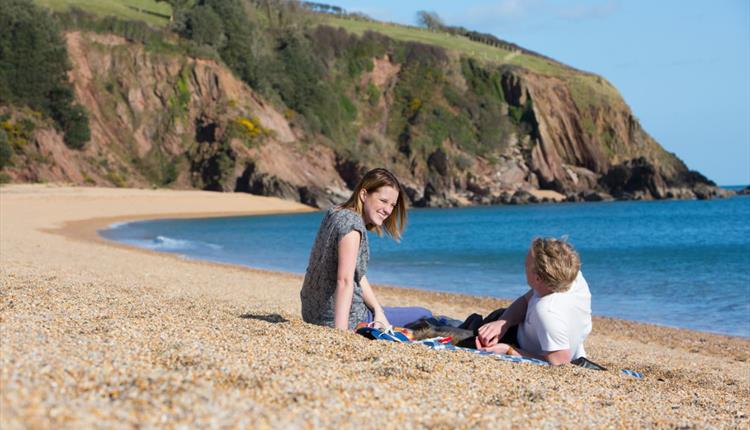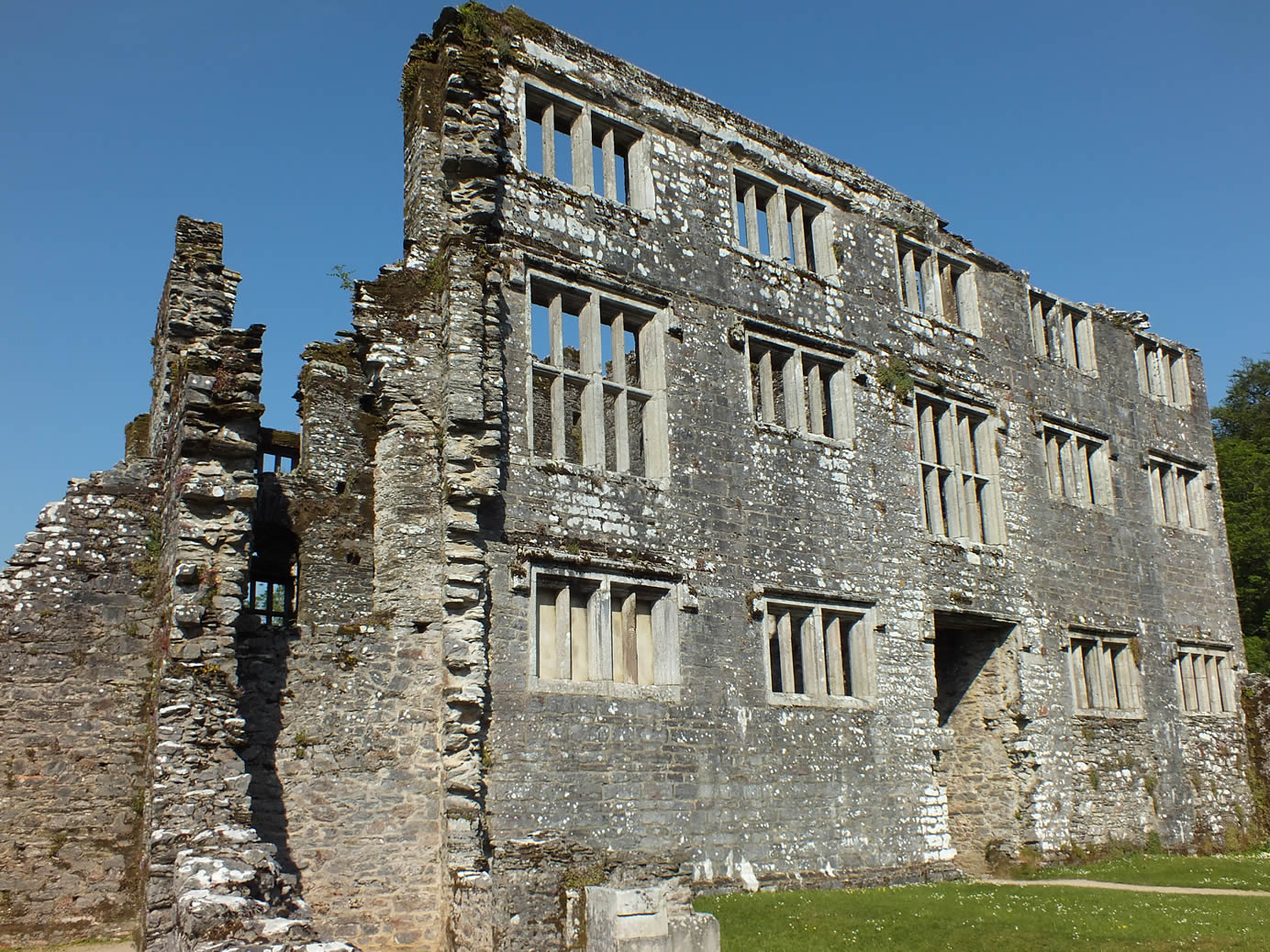Dartmoor National park an area of over 250 sq. miles of open moorland with a sprinkling of small villages, farms and river valleys. The Moor is bisected by two main roads into the Northern and Southern Moors. The Northern Moor is more isolated and austere and parts of it are used by the Army as troop training grounds.
Dartmoor is one of the few real wildernesses left in England. Although it is not mountainous, the exposed moorland is primeval, bleak and remarkably free from human interference – although many have tried to tame it. The elements can be strong over Dartmoor, with mist, rain and bitingly cold keen winds being all too common. Dartmoor is a mound of granite which doesn’t drain very well. It is a wet place, with blanket bogs on the higher points and boggy mires where drainage is impeded in the valleys. Prehistoric remains abound.
Walking on Dartmoor is excellent. Different tastes and experiences are catered for. For the less demanding walker there are car parks from which brief, pleasant excursions can be made. For the more hardened explorer many miles over hard ground can be tramped in challenging conditions.
On a sunny summer’s day, the going can be easy with superb views to be had. In winter, the moor is often unforgiving and harsh and just a little bit dangerous. Map and compass skills are important as weather conditions can quickly change and thick mists may envelop the isolated walker. Getting back safely can then become a very real challenge. Dartmoor mists are infamous.


